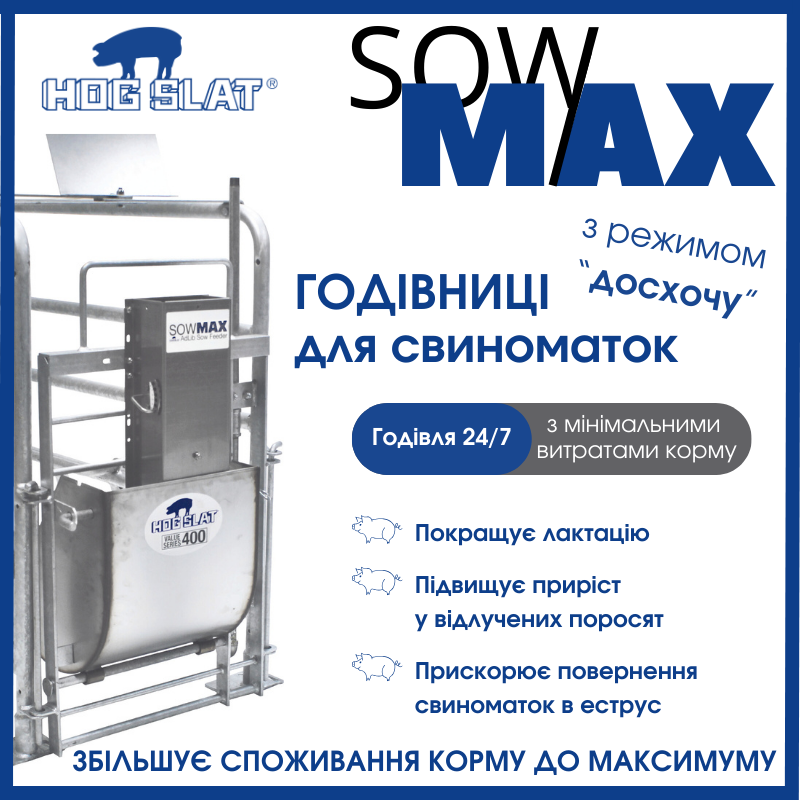In the battle against disease transmission, pork farmers have to look out for more than just sick pigs. Researchers from North Carolina State University modeled nine different potential transmission routes for porcine reproductive and respiratory syndrome virus (PRRSV), and found that trucks used to move not only animals, but also farm workers and feed, can be carriers for disease spread.
PRRS, the syndrome caused by the virus, causes respiratory disease and decreased reproduction in pigs, and is the most economically significant disease affecting US swine production.
“We created a novel mathematical model that includes potential transmission routes that haven’t been explored in depth,” says Gustavo Machado, assistant professor of population health and pathobiology at NC State and corresponding author of a paper describing the work.
Machado and senior postdoctoral researcher Jason Galvis modeled nine modes of between-farm transmission of PRRSV based on data from three swine farms. The modes included: farm-to-farm proximity; transmission between farm animals; “re-breaks” for farms with a previous outbreak; between-farm vehicle movements; and animal byproducts in feed ingredients.
The model was used to estimate the weekly number of outbreaks and their locations. Those estimates were then compared to available outbreak data so that the researchers could quantify the contributions of each transmission route.
While pig movements and farm proximity were still the leading causes of disease transmission, the researchers found that the vehicles used to transport pigs were a major contributor to PRRSV spread, contributing up to 20% of infections. Animal byproducts and feed, on the other hand, were found to have little effect on transmission.
“If I have a farm and receive an infected pig, that will only affect my farm,” Galvis says. “But if the same truck that brought me that pig then travels to other farms, it can carry that contamination with it. This is the first time we’ve included vehicle transmission in our model, and it does have an impact.”
The aim of the model, researchers say, is to enable farmers to pinpoint areas where enhanced biosecurity and intervention efforts may be helpful.
“If improving truck sanitation practices or adding cleaning stations could reduce PRRSV transmission, then that’s much more cost-effective than treating the outbreaks when they occur,” Machado says.
PigUA.info by materials thepigsite.com



